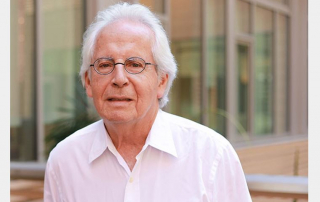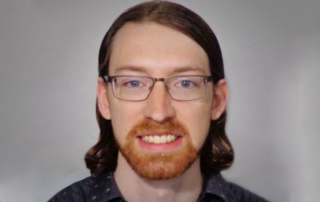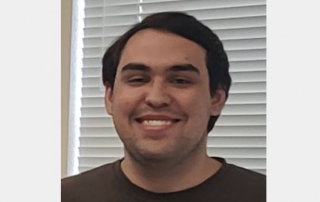Algorithm Engineer in Image Processing
KLA is seeking a motivated individual for an engineer position in world-class algorithm group within the reticle product division (RAPID).
- This individual will utilize his/her skills in Deep learning/Machine learning, Image processing, mathematics, and software to develop algorithms to be integrated into KLA’s state of the art inspection platforms.
- Responsibilities of this position include explore Convolution Neural Network application or Machine learning of novel database modeling and improve accuracy and computation efficiency; develop defect detection algorithms, apply image proc technique to maximize signal to noise ratio. This requires abstracting specific tasks into generic mathematic problem and finding customized algorithm solutions; balancing between rigor and practicality through comprehensive data analysis.
- This person is expected to bring forward creative ideas, develop production code and provide support as needed. This candidate shall be able to work independently and with a project team; provide input to hardware group on image quality and error budget base on Algorithm design and performance; engage constructively with marketing on product requirements and provide training to application team.
- This person shall possess bolts and nuts knowledge of various Deep Learning and bridge with conventional computer vision and image processing techniques. Significant experiences in C++ production software development and Deep Learning deployment on GPU platform is essential.
- The candidate is expected to possess good oral and written communications skills to interact with other development and applications engineers daily.
Minimum Qualifications
- Ph.D. or MS in Applied Math, EE, Computer Science or related discipline
- PhD (with no work experience) or a MS degree + 3 years of work experience.
- Deep Learning/Machine learning techniques for imaging applications
- Image and signal processing
- Linear and non-linear optimizations
- Algorithm development with C++ & Python in Unix/Linux environment
- Capability to formulate creative solutions through analyzing complex data
- Good communication skills
Company Overview
KLA is a global leader in diversified electronics for the semiconductor manufacturing ecosystem. Virtually every electronic device in the world is produced using our technologies. No laptop, smartphone, wearable device, voice-controlled gadget, flexible screen, VR device or smart car would have made it into your hands without us. KLA invents systems and solutions for the manufacturing of wafers and reticles, integrated circuits, packaging, printed circuit boards and flat panel displays. The innovative ideas and devices that are advancing humanity all begin with inspiration, research and development. KLA focuses more than average on innovation and we invest 15% of sales back into R&D. Our expert teams of physicists, engineers, data scientists and problem-solvers work together with the world’s leading technology providers to accelerate the delivery of tomorrow’s electronic devices. Life here is exciting and our teams thrive on tackling really hard problems. There is never a dull moment with us.
Group/Division
With over 40 years of semiconductor process control experience, chipmakers around the globe rely on KLA to ensure that their fabs ramp next-generation devices to volume production quickly and cost-effectively. Enabling the movement towards advanced chip design, KLA’s Global Products Group (GPG), which is responsible for creating all of KLA’s metrology and inspection products, is looking for the best and the brightest research scientist, software engineers, application development engineers, and senior product technology process engineers. The RAPID division is the world leading provider of reticle inspection solutions for the semiconductor industry. The company provides inspection solutions to both the mask shops and the semiconductor fabs to ensure that lithography yields are consistently high thus enabling cost-effective manufacturing.
COVID-19 Vaccination Requirement: Proof of full COVID-19 vaccination is required where permitted by law. KLA will consider reasonable accommodation as provided by applicable law. Please note that accommodation may not be possible where vaccination is required for an essential function of the position, including for international travel or customer site access.
The company offers a competitive and comprehensive benefits package including but not limited to the following: medical, dental, vision, life, and other voluntary benefits, 401(K) including company matching, employee stock purchase program (ESPP), student debt assistance, tuition reimbursement program, financial planning benefits, employee assistance program (EAP), paid time off and paid company holidays, family care and bonding leave.
KLA is proud to be an Equal Opportunity Employer. We do not discriminate on the basis of race, religion, color, national origin, sex, gender identity, gender expression, sexual orientation, age, marital status, veteran status, disability status or any other status protected by applicable law. We will ensure that qualified individuals with disabilities are provided reasonable accommodation to participate in the job application or interview process, to perform essential job functions, and to receive other benefits and privileges of employment. Please contact us at talent.acquisition@kla.com to request accommodation.







